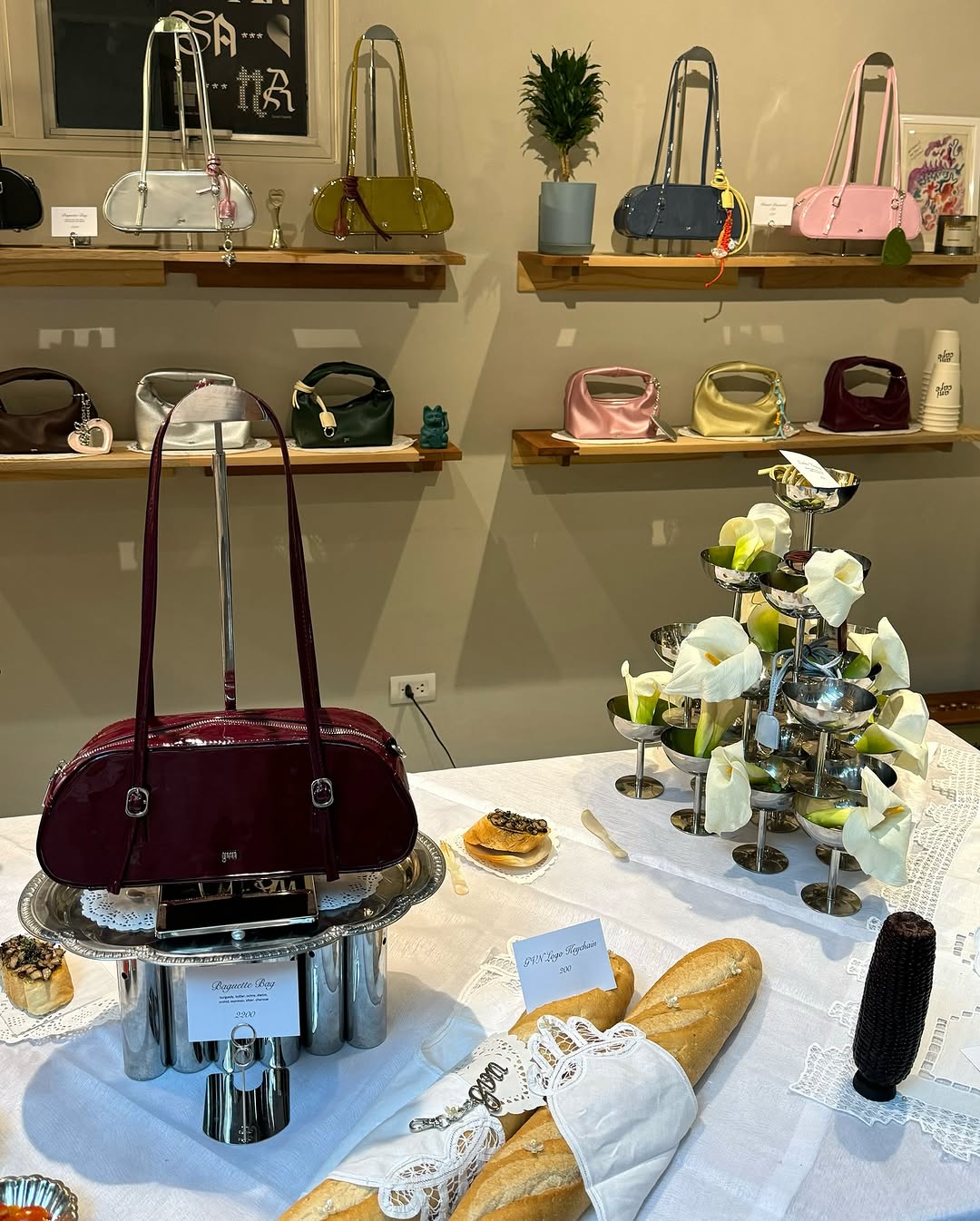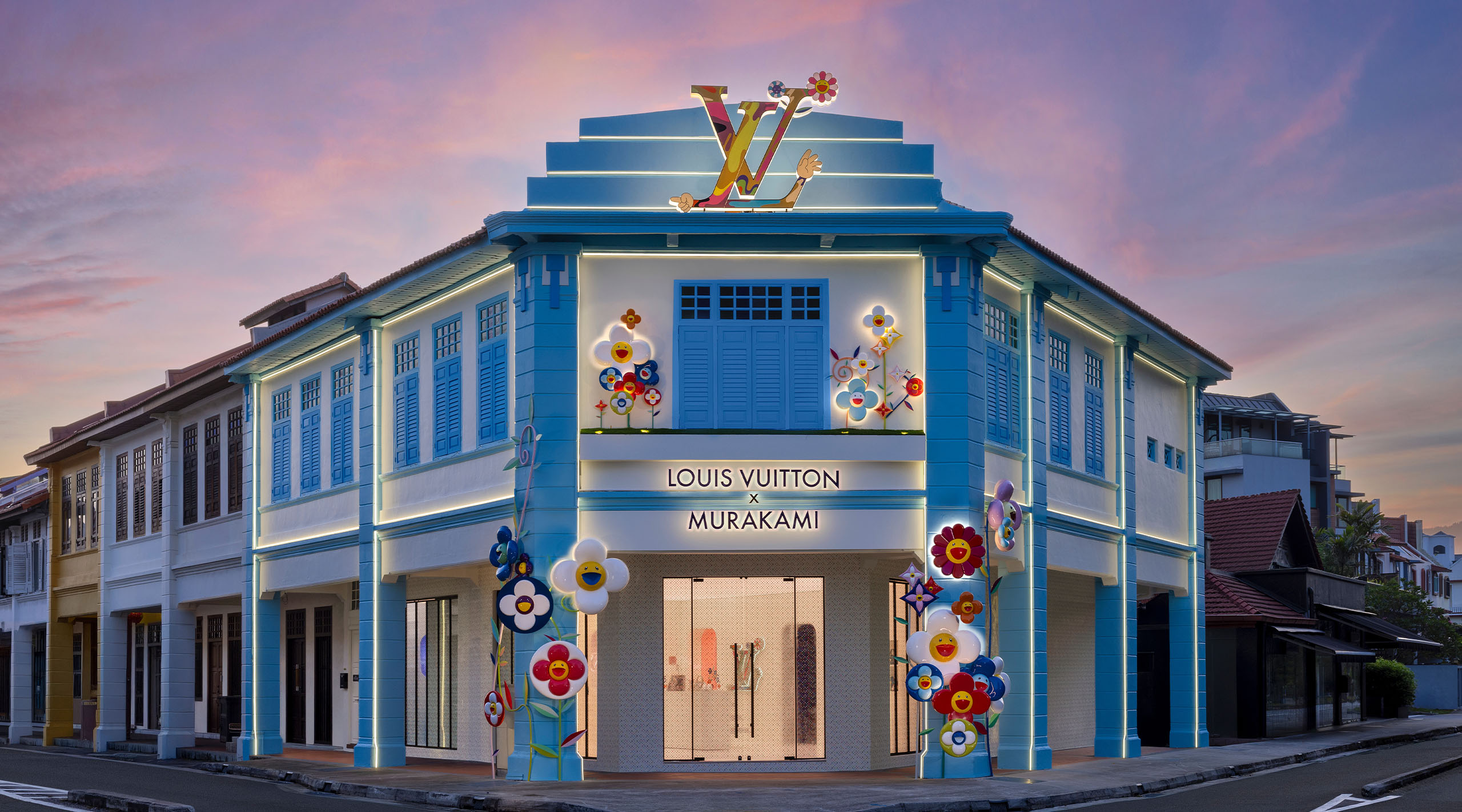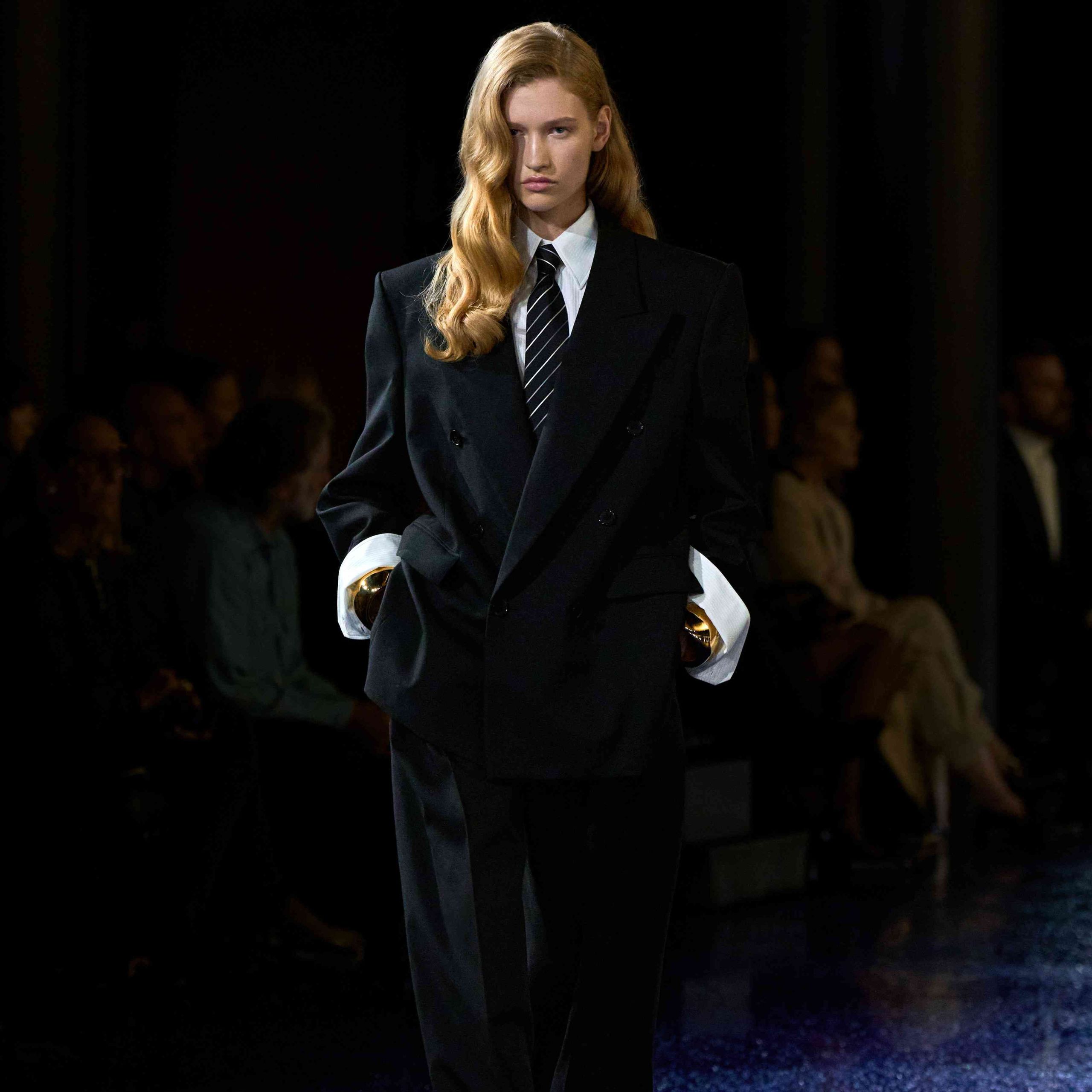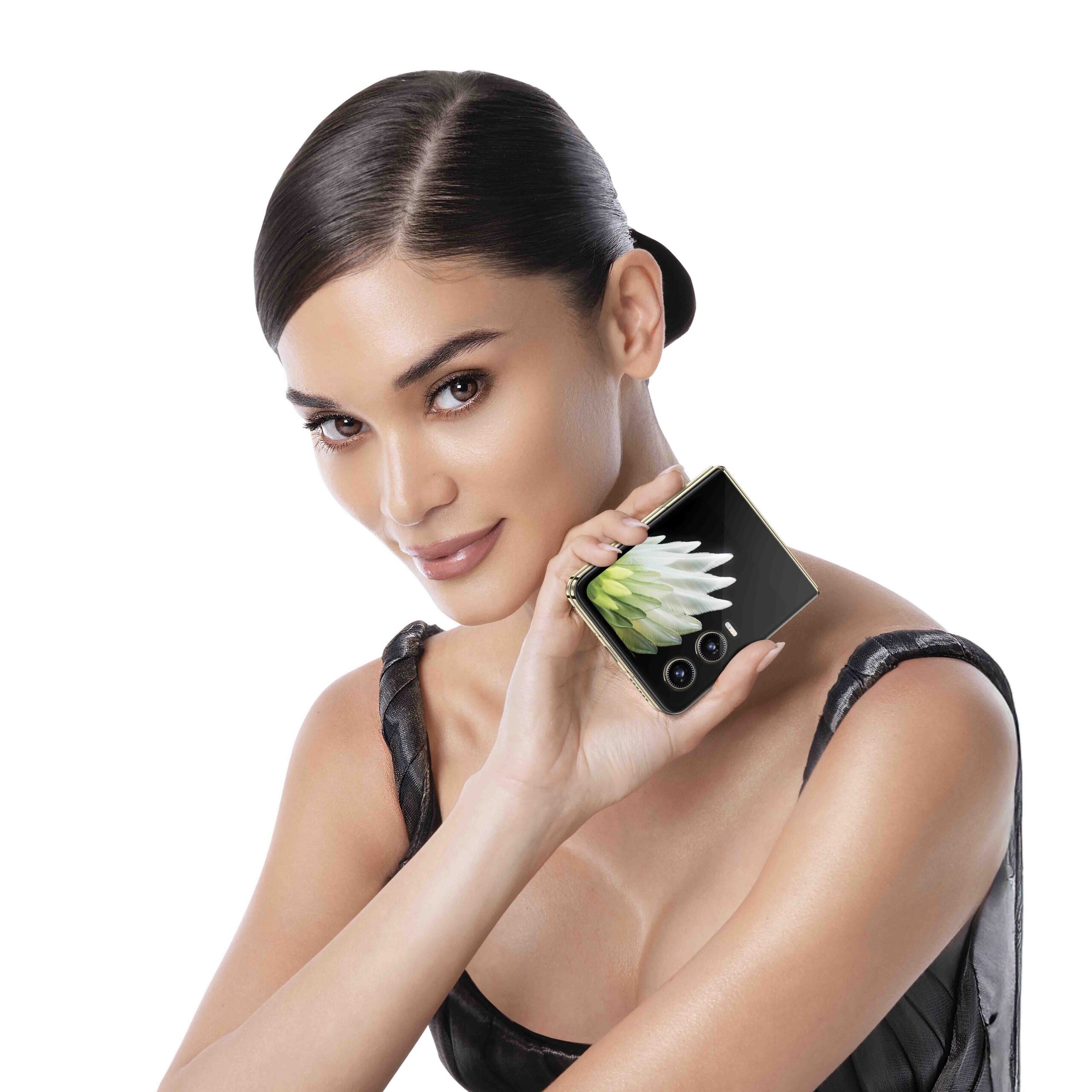The young Filipino shopper finds more sartorial satisfaction in the energy of pop-ups than the predictability of malls—and the reason lies in the curated chaos
Malls were once the epicenter of weekend plans, but a quiet revolution is underway. Young women gravitate toward more curated spaces—indie fairs, pop-ups, and bazaars—where the shopping experience trades monotony for more meaning. But what’s turning the tide, and have women truly traded the typical mall shopping experience for these spaces?

RELATED: 3 To-Do’s For Your Next Thrifting Adventure More Than Just Shopping
The answer isn’t a clean break. Malls still hold their own—offering the convenience of a one-stop shop, the comfort of knowing your trusted brands are right where you left them, and a certain familiarity you can’t deny—relevance unquestioned. Yet, as tastes shift toward the distinctive and experiential, pop-ups and markets are carving out a space of their own and winning in ways malls are yet to catch on to.
Shopping Outside the Box
Malls can feel like conveyor belts for repetition—the same stores, the same brands, the same predictable experience. While the familiarity can be comforting, it leaves little room for excitement. On the other hand, no two pop-ups are ever the same. Fresh brands are constantly cycling through, making each visit a pleasant gamble on your next great find.


What sets pop-ups apart? For one, they’re powered by the heart and hustle of smaller, local businesses, and not a single brand or conglomerate. And without the constraints of rigid rules, creativity thrives. One space might feature a jewelry designer alongside a vintage clothing curator, while another brings together a leather artisan and a bespoke tailor. Each corner feels like a unique part of a larger, more dynamic story.
Last year’s Holiday Market by Allôra was a success story. The brand, known for its bespoke lifestyle products, carefully curated an eclectic mix of gems—from a Siargao-based jewelry line to accessories for your furry friends—bringing in fresh finds you wouldn’t easily find in the metro. Founder Camille Lhuillier-Albani reflected on what makes markets like hers stand out for today’s shoppers. “I think that if you’re in a bigger bazaar, it’s not as curated compared to when you’re in a place like this,” she told MEGA. “We really tried to bring in artistic brands and brands that, maybe, you wouldn’t see so much in other big markets.”
They’re truly a retail rebellion, where the rules of conformity are tossed out for collaboration and discovery—resonating more with the modern shopper.
A Space for Interaction
Half the joy is discovering what’s on display; the other half is connecting with the people behind them.
At these markets, you’re not just another faceless shopper to a mall’s sales assistant. You get to meet the makers, ask about the products, and hear the stories that inspired them. It’s a level of engagement malls can’t quite replicate, those moments of exchange that transcend the fleeting nature of a mall visit.
Beyond the connection, these shared spaces double as incubators of local brilliance. They more often than not carry up-and-coming Filipino brands yet to establish a permanent storefront. Take GVN in all its virtually celebrated glory, which—apart from selling online—has relied on pop-ups to connect directly with its crowd. Find other success stories in the Merkado weekend markets and in The Exhibit held by sartorial newcomers RNT Wardrobe or Eve.Ry Femme which turned their pop-up into a curated playground for other local brands spanning retail, jewelry, and artisanal food.
The spiel about supporting local is resounding, but not as much preaching is needed as today’s consumers are genuinely and fully on board. This is precisely what’s made pop-ups a hot ticket. Beyond just selling items to wear and keep, they’re the result of the kind of passion that mass production can’t quite touch.
A Woman’s Playground
The transaction’s a given, and so is the ability to support local when you visit these spaces. But why do these pop-up markets feel like the hottest spots for young women in particular? The answer lies in the experience.
These events are the perfect excuse to not only snag a thing or two but to look good doing so. They attract every variation of the it girl, from the cool city dweller to the laid-back island soul or the unapologetic maximalist. They’re living mood boards, so to speak, an eclectic mix of personalities and stories where young women curate their looks as they curate their experiences. It’s almost humorous, actually, how stepping into a pop-up reveals this instant, unspoken understanding. From one young, modern, and trendy Filipina woman to another, a bond ensues from the same consumer habits, the shared love for dressing up, and the same bag charms that seem to have a reunion in these spaces.


There’s also this unspoken phenomenon of familiarity. Pop-ups have this way of creating a sense of community, whether it’s a one-day or recurring event. You’ll see the same faces, and it doesn’t feel staged—just pure genuine interest. They’re places to connect, to share in the thrill of finding something special, and to revel in the energy of women who get it. It’s a social experience wrapped in style, a chance to be part of something that feels personal, yet collectively shared.
Again, this phenomenon is not a rejection of malls, because some of these pop-ups are even being held inside mall grounds. Instead, it’s an embrace of variety and a search for spaces that feel less corporate and more curated. Whether such is another fleeting consumer trend or the future of shopping, there’s a lot that shopping malls can learn from the pop-up playbook.
Featured Image and Photos: MEGA ARCHIVES, MERKADO, GVN, THE EXHIBIT (via Instagram)










